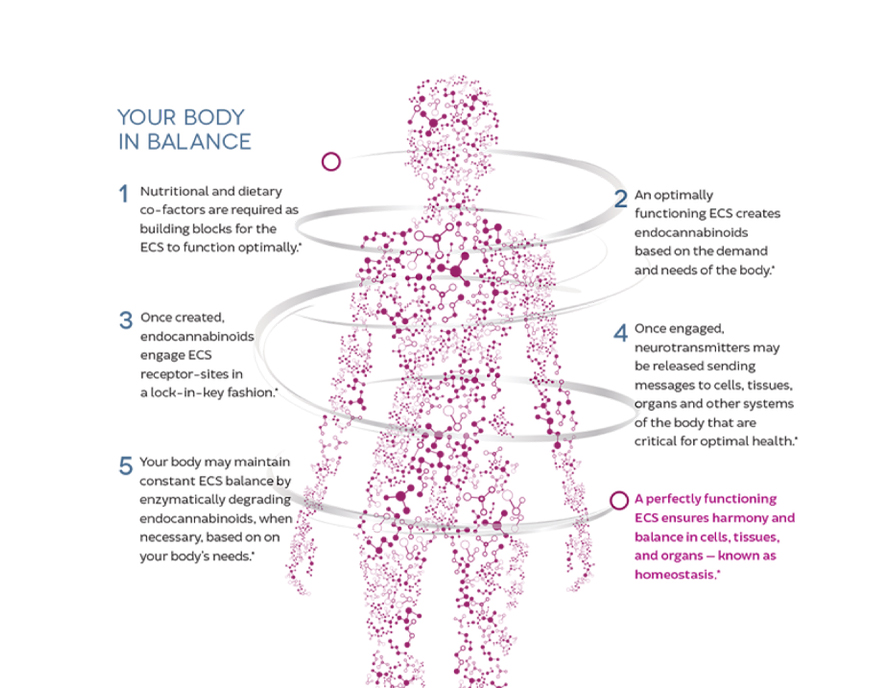
Endo cannabinoid:
The endocannabinoid system (ECS) is a sophisticated cell-signaling network. Theendocannabinoid system (ECS) is a broad neuromodulatory system that performscritical functions in the development of the central nervous system (CNS). Theyoperate as traffic policeman, regulating the levels and activity of most other neurotransmitters. Endocannabinoids, also known as endogenous cannabinoids, are substances that your body produces. ECS is essential for practically every element of our day-to-day functioning. Many of our most important body processes are regulated and controlled by the ECS, including learning and memory, emotional processing, sleep, temperature management, pain control, inflammatory andimmunological responses, and feeding.
CBD:
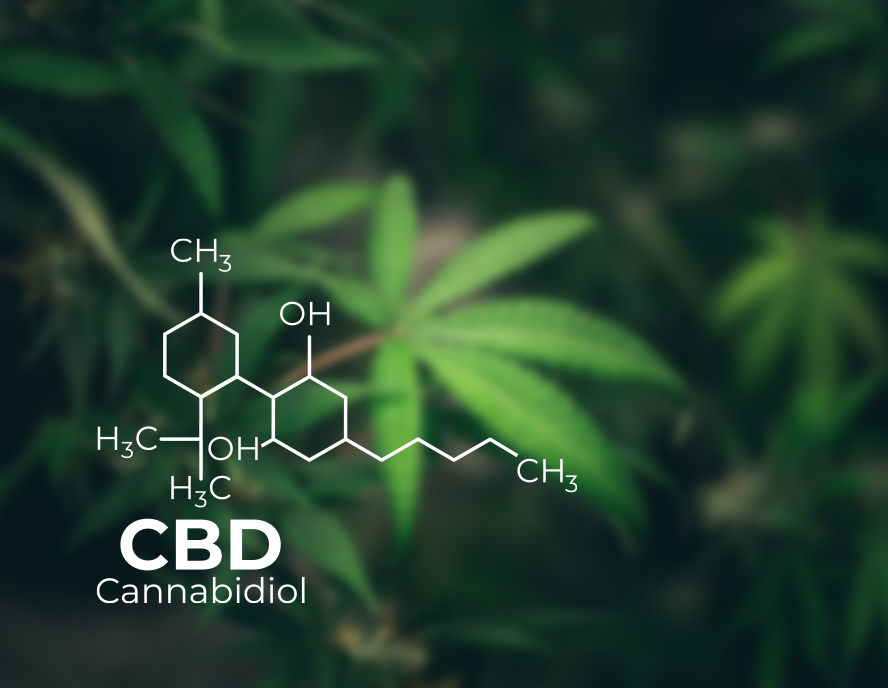
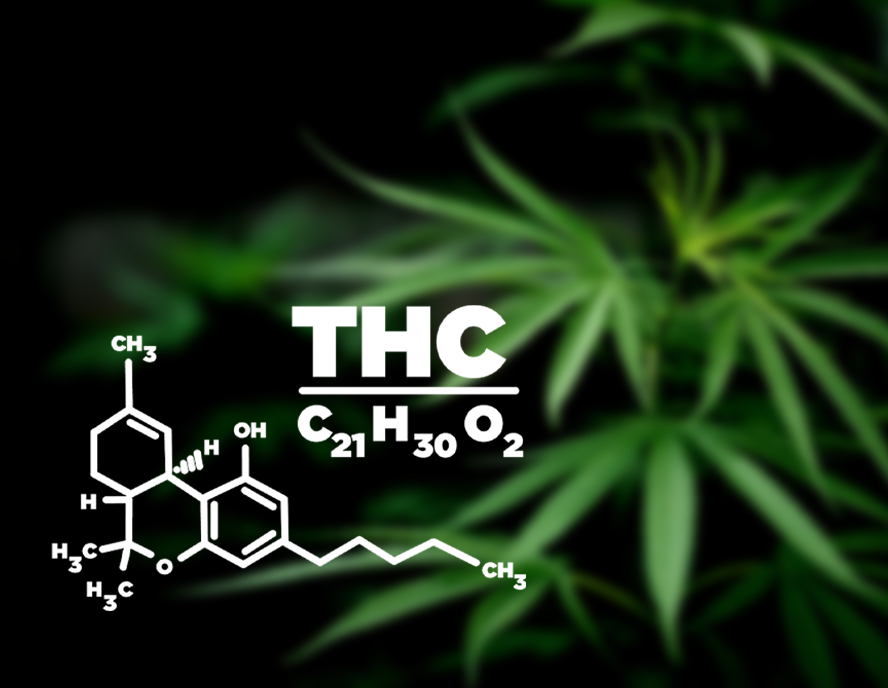
TCH:
Cannabis sativa:
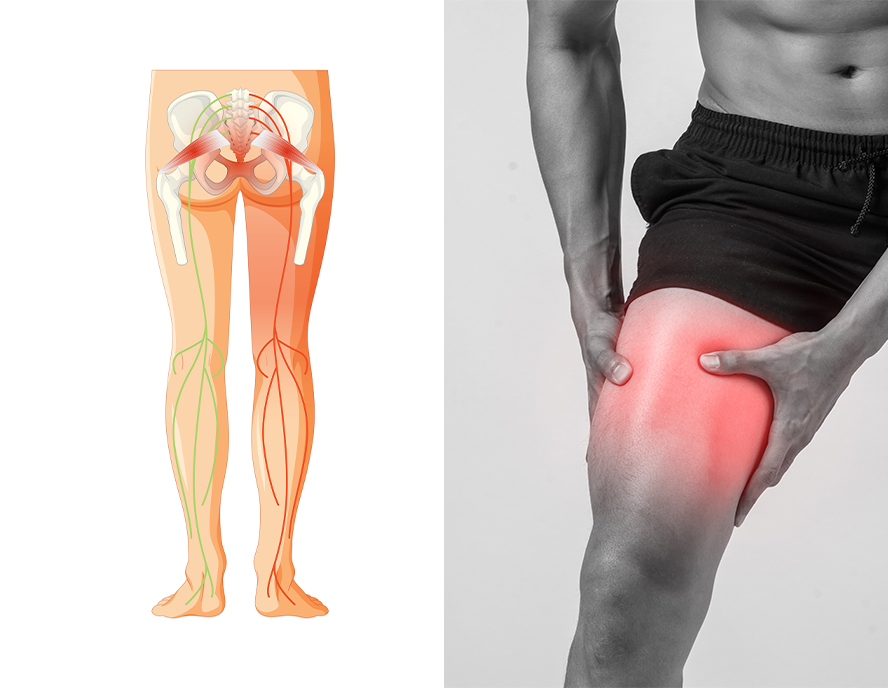

CB1:
CB2:

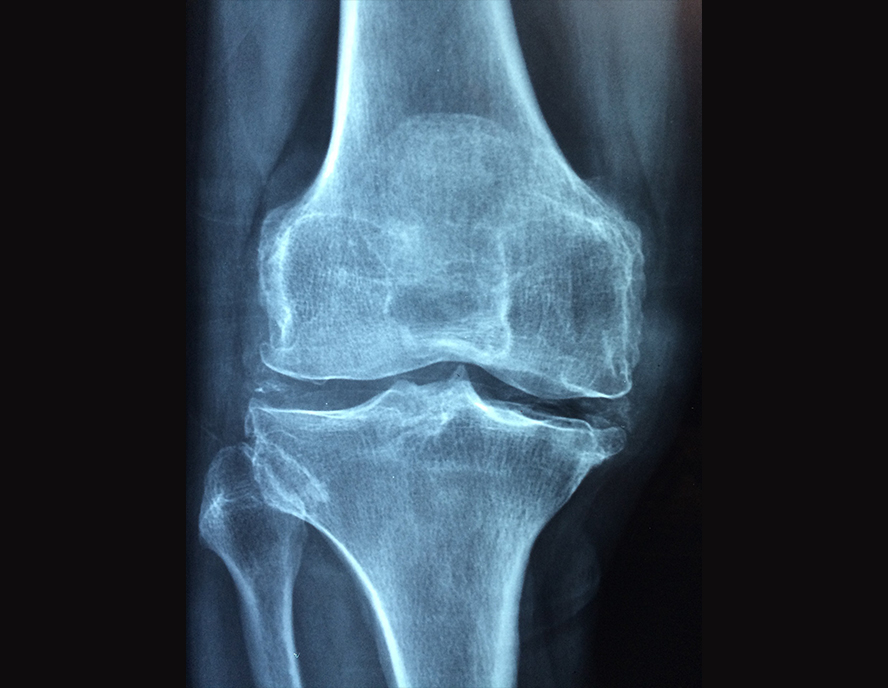
Osteoarthritis:
Multiple sclerosis:
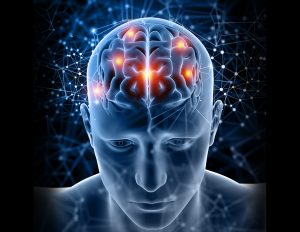

Eczema:
PCOS:
PCOS is a disorder in which the ovaries create an inordinate quantity of androgens,male sex hormones that are normally present in tiny levels in women. The term polycystic ovarian syndrome refers to the ovaries’ many tiny cysts (fluid-filled sacs). However, some women with this illness do not produce cysts, and some women without the disorder do. Ovulation is the release of a mature egg from an ovary. This occurs so that it can be fertilised by male sperm. If the egg is not fertilised, it is excreted during your period.
In rare situations, a woman may not produce enough of the hormones required for eovulation. When ovulation does not occur, the ovaries might generate a large number of tiny cysts. These cysts produce androgens, which are hormones. Women with PCOS frequently have elevated amounts of androgens. This can exacerbate a woman’s menstrual cycle difficulties. It can also induce many of the symptoms associated with PCOS.
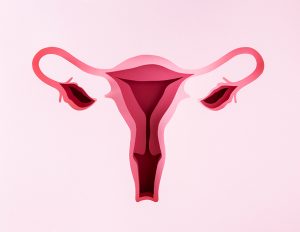

Spondylitis:
Huntington’s disease:
Huntington’s disease is a rare, genetic condition that involves the gradualbreakdown (degeneration) of brain nerve cells.Huntington’s disease affects aperson’s functional skills in a variety of ways, frequently resulting in mobility,thinking (cognitive), and psychological issues.
Huntington’s disease symptoms can arise at any age, although they are most common in adults in their 30s or 40s. If the disorder appears before the age of 20, it is referred to as juvenile Huntington’s disease. When Huntington’s disease occurs early, the symptoms are considerably different, and the condition may advance more quickly.


Tourette’s disease:
Schizophrenia:


VIjaya:
Melatonin:
The presence of darkness causes the body to produce more melatonin, which tells the body to sleep. Light reduces melatonin synthesis and alerts the body to the fact that it is awake. Melatonin levels are low in some persons who have difficulty sleeping. It is considered that supplementing with melatonin may help them sleep.
Melatonin is most typically used to treat insomnia and improve sleep in variouscircumstances such as jet lag. It is also claimed to treat depression, chronic pain,dementia, and a variety of other ailments, although there is little scientific evidence to back up the majority of these claims.


Hemp seed oil:
Ylang ylang oil:


Schizophrenia:
Bipolar illness:


Schizophrenia:
Schizophrenia is a dangerous mental condition in which people have an aberrant interpretation of reality. Schizophrenia can include hallucinations, delusions, and profoundly disturbed thought and behaviour that interferes with everydayfunctioning and can be debilitating. Schizophrenia symptoms vary from person to
person, although they are commonly classified as psychotic, negative, or cognitive.Schizophrenia patients must be treated for the rest of their lives.
Sleep, energy, activity, judgement, conduct, and the capacity to think clearly can all be affected by mood fluctuations. Although bipolar disorder is a chronic illness, you may control your mood swings and other symptoms by adhering to a treatment plan. Bipolar illness is often treated with medicines and psychological treatment.
Brahmi:
Brahmi is a medicinal plant that has a long history of use as a significant elementin Ayurvedic adaptogens, memory enhancers, and stress relievers.
Brahmi is a plant with small white blooms and oval leaves that is also available in the form of capsules and pills at Kerala Ayurveda. Brahmi is regarded as a brain tonic for people of all ages and genders.
Brahmi has also been shown to have therapeutic benefits against brain degeneration caused by Alzheimer’s disease. Brahmi may assist enhance endothelial function, which controls blood vessel constriction and dilation to regulate blood pressure. It also allows the body to use more nitric acid, which is good for blood pressure. Brahmi aids in the promotion of various activities by monitoring and regulating them. By managing and regulating these functions,
Brahmi helps promote normal blood pressure.


Schizophrenia:
Schizophrenia is a dangerous mental condition in which people have an aberrant interpretation of reality. Schizophrenia can include hallucinations, delusions, and profoundly disturbed thought and behaviour that interferes with everydayfunctioning and can be debilitating. Schizophrenia symptoms vary from person to
person, although they are commonly classified as psychotic, negative, or cognitive.Schizophrenia patients must be treated for the rest of their lives.
Sleep, energy, activity, judgement, conduct, and the capacity to think clearly can all be affected by mood fluctuations. Although bipolar disorder is a chronic illness, you may control your mood swings and other symptoms by adhering to a treatment plan. Bipolar illness is often treated with medicines and psychological treatment.
Parkinson’s disease:
Parkinson’s disease is a progressive ailment that affects the neurological system and the nerve-controlled areas of the body. The symptoms appear gradually. The initial sign might be a little tremor in only one hand. Although tremors areprevalent, the disease can also induce stiffness or slowness of movement.Parkinson’s disease can cause movement to slow down, making routine tasks difficult and time-consuming.
When you walk, your steps may become shorter. Getting out of a chair may be tough. As you try to walk, your feet may drag or shuffle. Muscle stiffness can happen anywhere on your body. Muscle stiffness can be uncomfortable and restrict your range of motion.


Alzheimer’s disease:
Atherosclerosis:

